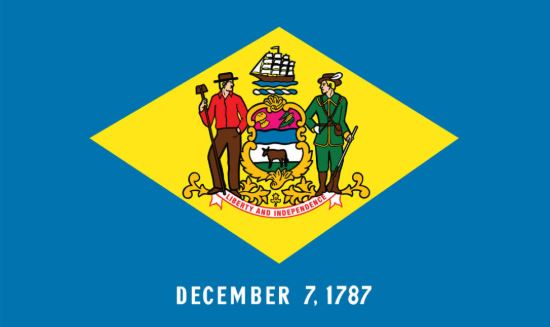Let's explore the names and historical phases that defined Delaware before its statehood.
The Home of the Lenape
For thousands of years before European arrival, the land that would become Delaware was primarily home to the Lenape (also known as the Delaware) Native American people. They were an Algonquian-speaking tribe who inhabited the Delaware River Valley and the coastal regions of what are now Delaware, New Jersey, eastern Pennsylvania, and southeastern New York.
The Lenape lived in settled villages, cultivated crops like corn, beans, and squash, and hunted and fished along the abundant rivers and bay. Their name for the area included specific names for rivers, towns, and geographical features within their territory.
Early European Claims: A Tug-of-War
Delaware's location on the western bank of the Delaware River (or Zuyt River, as the Dutch called it) made it highly desirable, leading to a succession of European claims and settlements:
-
New Sweden (1638-1655): The first permanent European settlement in Delaware was established by Sweden. In 1638, under the leadership of Peter Minuit (who famously "bought" Manhattan), Swedish colonists founded Fort Christina (present-day Wilmington). This marked the creation of the colony of New Sweden, which included parts of modern-day Delaware, Pennsylvania, and New Jersey. The Swedes introduced log cabins to America and established a fur trade with the Lenape.
-
New Netherland (1655-1664): The ambitious Dutch, who had already established New Netherland (centered on New Amsterdam, now New York City), viewed the Swedish presence as an encroachment. In 1655, the Dutch director-general Peter Stuyvesant led a military expedition that conquered New Sweden, integrating its territories into New Netherland. The primary Dutch settlement in Delaware was Fort Casimir (present-day New Castle).
-
Province of New York (English Rule, 1664-1682): The Dutch control was short-lived. In 1664, during the Anglo-Dutch Wars, the English seized New Netherland. King Charles II granted these lands to his brother, James, the Duke of York (later King James II). The former Dutch and Swedish settlements in Delaware were then administered as part of the Province of New York.
The "Three Lower Counties" of Pennsylvania
The most significant and lasting colonial administration for Delaware began in 1682. The Duke of York, eager to give William Penn a clear path to the sea for his new Pennsylvania colony, leased Penn the lands that would become Delaware.
From 1682 until the American Revolution, these lands were known as the "Three Lower Counties on Delaware" or simply the "Lower Counties." The Province of Pennsylvania administered them. While they shared a governor with Pennsylvania, the Lower Counties gradually gained their own separate assembly. This arrangement allowed them to maintain distinct laws and a degree of self-governance while remaining under Penn's proprietorship.
The residents of the Lower Counties, with different economic interests and cultural backgrounds from those of the Quakers in Philadelphia, often felt that the Pennsylvania assembly did not fully meet their needs. This led to increasing calls for more autonomy.
An Independent State: "The Delaware State"
As the American Revolution approached, the ties between the Lower Counties and Pennsylvania weakened. In 1776, following the Declaration of Independence, the Lower Counties declared their independence from both Great Britain and from Pennsylvania.
They adopted a new constitution and officially became "The Delaware State." This marked its transition from a proprietary colony to an independent state in the newly formed United States.




